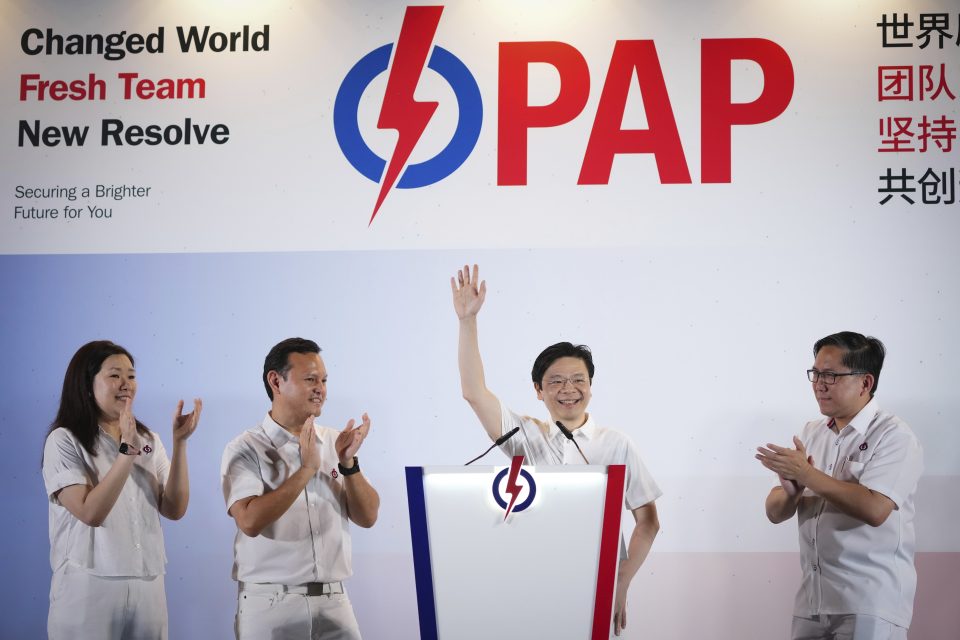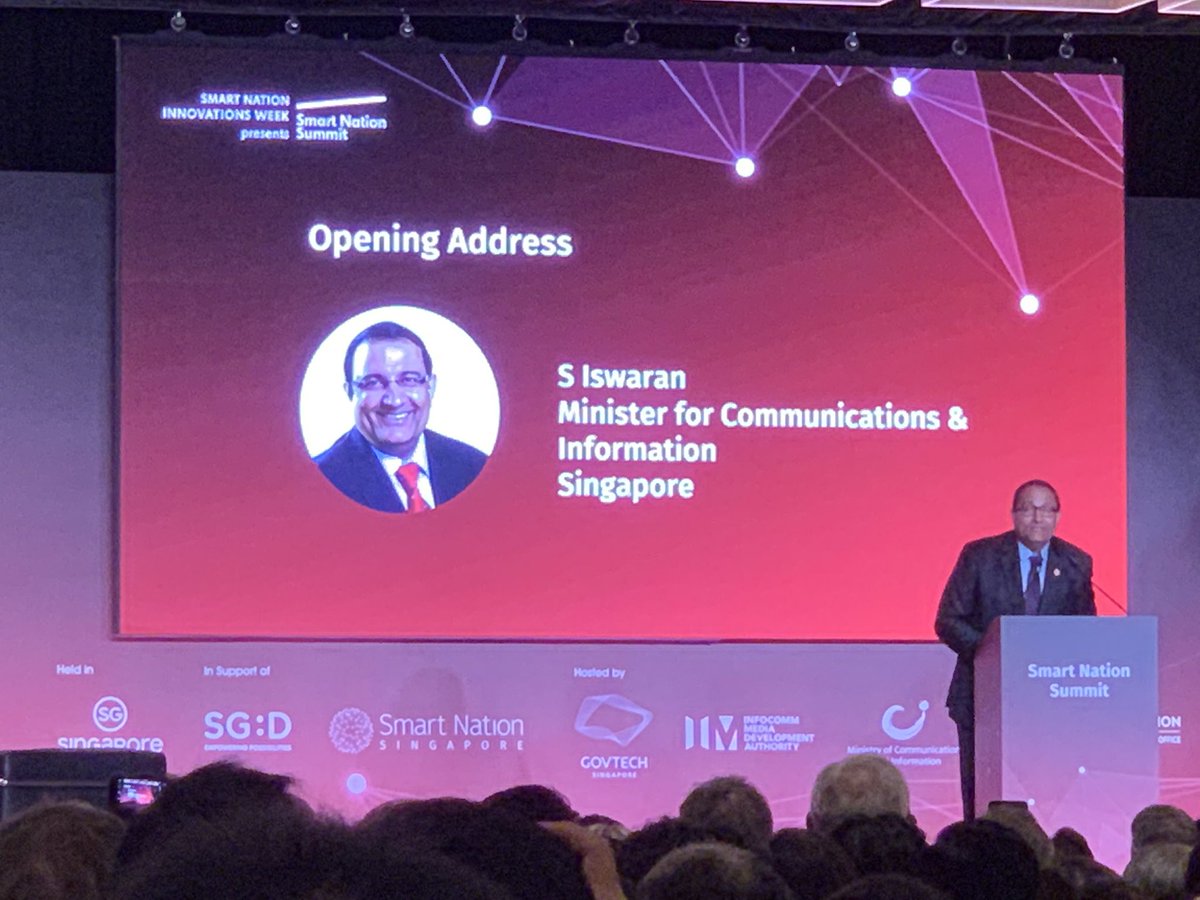Singapore’s 2025 Election: Stability at the Ballot, Strains Beneath

Singapore General Election (GE) on May 3 that returned the ruling People’s Action Party (PAP) to another five-year term had its fair share of foregone conclusions, controversies, shocks, as well as surprises.
That the PAP would regain power was a widely held view among most Singaporeans of every political stripe, including the dominant opposition Workers’ Party (WP). No one doubted that the PAP, which has entrenched itself since 1959, was in any danger of losing its grip despite Lee Kuan Yew’s dire warning about its potential downfall.
The outcome: the PAP won 83 out of the 93 electoral wards in contest, representing 61.24 percent of the popular vote. This was a slight decrease from its 2020 result of 83 out of 93 seats and a 61.24 percent vote share.
Arrayed against the PAP were multiple opposition parties, ranging from the established Workers’ Party, Progress Singapore Party (PSP), and Singapore Democratic Party (SDP) to the newer National Solidarity Party (NSP), People’s Alliance Reform (PAR), Red Dot United, and People’s Power Party (PPP).
While the increased number of contestants indicated a higher level of political participation, observers criticized the splitting of opposition votes, which worked to the ruling party’s advantage. Additionally, there were two independent candidates.
Not surprisingly, all opposition party candidates except those from the WP polled poorly in the election. Candidates from PPP, NSP, and Red Dot United suffered a “wipe-out,” with three posting below 12.5 percent of the vote and losing their election deposits of SGD 13,500 each.
For the WP, the big surprise was that the rousing reception it received during nine days of night rallies did not fully translate into victories at the ballot box. The party fielded a formidable slate of high-profile professionals, including a Senior Counsel, whose speeches attracted thunderous chants of “Workers’ Party, Workers’ Party” from supporters across the rally grounds.
The party’s 10 lawmakers’ performance in Parliament and in managing town councils in their wards had inspired voter confidence in their attempts to contest new constituencies.
Thus, going into the final phase of intense campaigning, expectations were high that the WP could swing voters and capture Group Representation Constituencies (GRCs) consisting of three or four members, plus one or two Single Member Constituencies (SMCs).
However, the WP made inroads in the strongly contested Punggol and Tampines GRCs, securing over 40 percent of the votes but still lost to the PAP. The ruling party fielded teams anchored by Deputy Prime Minister Heng Swee Keat in the newly created Punggol ward and by the Minister for Social and Family Development Masagos Zulkifli.
Despite this, the WP’s massive and spirited following delivered votes that allowed it to retain the Aljunied GRC (59.95 percent majority), Sengkang GRC (53.39 percent), as well as the single-member ward of Hougang (62.16 percent), in the face of strong PAP challenges. These victories meant the WP maintained 10 elected MPs in the new Parliament. The party also secured two Non-Constituency Member of Parliament (NCMP) seats for the best-performing losing candidates in Tampines GRC (46.64 percent) and Jalan Kayu SMC (48.31 percent), contests won by the PAP.
Two months before the polls, the Elections Department under the Prime Minister’s Office reviewed and altered the electoral boundaries, citing population shifts as justification.
Opposition parties criticized these changes as “gerrymandering,” claiming that redrawing the electoral boundaries placed them at a disadvantage by diluting opposition votes and enhancing pro-PAP votes.
Two notable examples involved opposition strongholds. One was the West Coast GRC, where the PSP, led by former PAP stalwart Dr. Tan Cheng Bock, came close to winning with 48.31 percent of the vote against the PAP’s 51.69 percent in the 2020 general election. The West Coast five-member constituency was reconfigured to include 41,000 voters from Jurong GRC, a PAP bastion.
Another was the Bukit Batok Single Member Constituency, which SDP Secretary-General Chee Soon Juan alleged was merged with Jurong GRC to weaken opposition chances.
Predictably, the PSP suffered a setback in this GE, with its vote share falling to 39.99 percent and consequently losing the two NCMP seats it had previously held.
Similarly, Dr. Chee was defeated in the new Sembawang West SMC ward, though he performed creditably with 46.81 percent of the votes against PAP rival Poh Li San’s 53.19 percent.
Unexpectedly, President Donald Trump’s sweeping tariffs, including a baseline 10 percent tariff on Singapore, became an issue during the general election. The ruling party warned voters about the long-term impact on jobs and income, while opposition parties called the comments “overblown” and intended to instill fear.
Nonetheless, this crisis element led to a “flight to safety” among voters and helped check the shift of support toward the Workers’ Party, as seen in the relatively close contests in Tampines and Punggol GRCs, where the WP looked poised to win based on rally crowd sizes.
With its twists and turns, the GE might not have been entirely fair to the opposition, but it delivered a harsh verdict on all contestants. The PAP returned to power with a super-majority, and the WP remained the dominant opposition in Parliament.
Other opposition parties were left empty-handed to consider their future in the changing political landscape.cent tariff on Singapore, became an issue during the general election. The ruling party warned voters about the long-term impact on jobs and income, while opposition parties called the comments “overblown” and intended to instill fear.
Nonetheless, this crisis element led to a “flight to safety” among voters and helped check the shift of support toward the Workers’ Party, as seen in the relatively close contests in Tampines and Punggol GRCs, where the WP looked poised to win based on rally crowd sizes.
With its twists and turns, the GE might not have been entirely fair to the opposition, but it delivered a harsh verdict on all contestants. The PAP returned to power with a super-majority, and the WP remained the dominant opposition in Parliament.
Other opposition parties were left empty-handed to consider their future in the changing political landscape.



